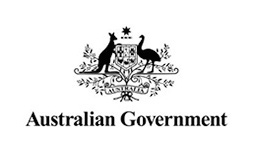Peptide hydrogels: From structure to function - Adam Martin

Abstract On the nanoscale, hydrogels can be described as entangled, fibrous structures which can immobilise >99% water. Due to their fibrous structure, hydrogels have been identified as promising candidates for a number of biomedical applications, including tissue engineering, drug delivery and responsive sensors. The use of peptides to form hydrogels allows precise control over the chemical and physical properties of the resultant gel in a reproducible manner. However, one of the main difficulties associated with peptide hydrogels is the inability to predict their properties ahead of time. This empirical approach to peptide hydrogel design has limited their practical applications and translation into mainstream biomedicine. Here I will discuss our most recent developments in controlling self-assembly in peptide hydrogels through the use of specific capping groups, amino acid sequences and gelation triggers. I will then demonstrate how we have applied these new peptide hydrogels to three dimensional cultures of notoriously sensitive primary neurons, where both assembly disassembly of the hydrogels can be triggered on demand.
About Adam Martin Adam Martin: completed his PhD at UWA in 2011 in supramolecular chemistry, before commencing a postdoctoral position at the University of Nottingham researching metal-organic frameworks. In 2013 he moved to the University of New South Wales to work on deciphering structure-property relationships in peptide hydrogel scaffolds. In 2016 he was awarded an NHMRC-ARC Dementia Research Development Fellowship to apply these scaffolds to understanding the early stages of Alzheimer's disease. In 2018 he was promoted and is currently establishing his own research group across within the Department of Chemistry.


